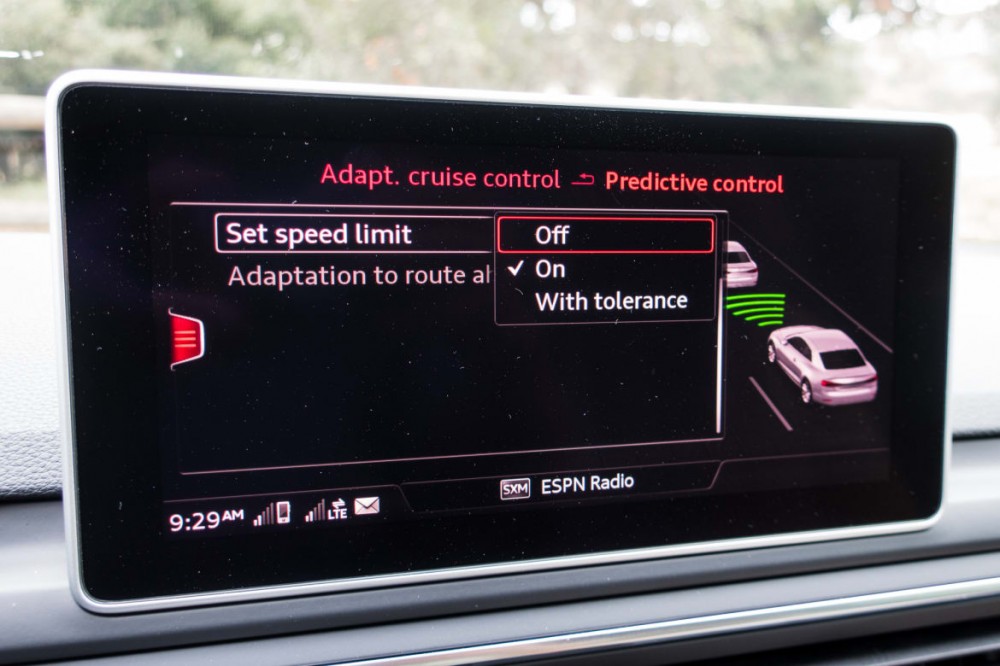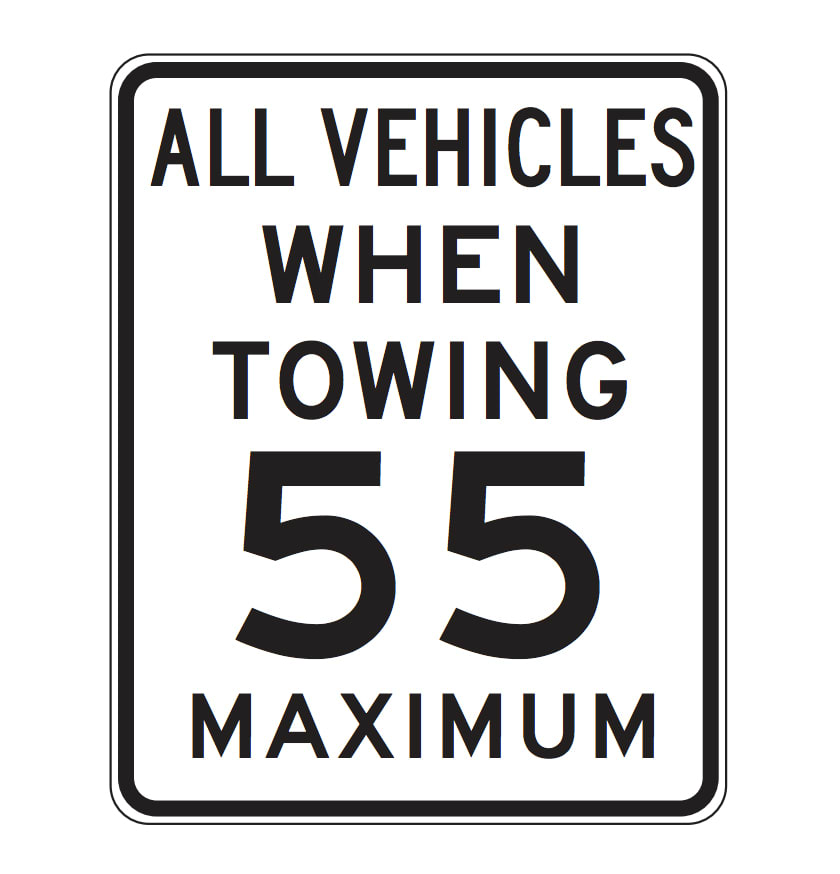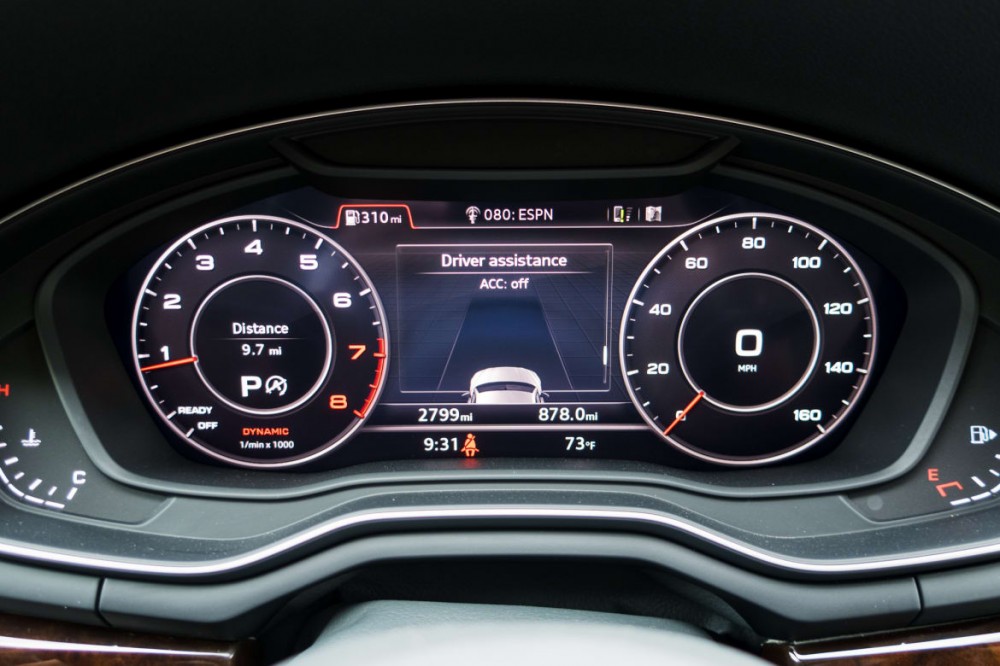CARS.COM — Autonomous driving technology seems to have reached an awkward stage in its development. One day, the technology will be full-fledged, but right now it seems to exist in a limbo-like state between helpfulness and unease.
Related: 2018 Audi A5 and S5 Cabriolet Preview
The 2018 Audi A5 recently reminded me of this. Like many vehicles these days, it can be equipped with a set of driver aids that can mimic, to a degree, autonomous driving. The A5 that I tested added the Driver Assistance Package ($1,800), which adds adaptive cruise control, traffic sign reading, lane keep assist and automatic high beams.
The ability to read traffic signs, specifically speed limit signs, is a feature that has proliferated among luxury vehicles especially over the past several years. However, the A5 is the first vehicle I've tested that uses what it reads to change the speed of the vehicle, using a system Audi calls Predictive Control.
Predictive, Restrictive

Predictive Control is a part of the adaptive cruise control system, and it offers three settings with different levels of intervention: Off, On and With Tolerance. When switched off, nothing happens (of course), but the other two settings work along with the traffic sign recognition system and will change the speed that the cruise control is set at to match a change in the speed limit.
In the On setting, this happens extremely suddenly; With Tolerance makes the shift more gradual. But both automatically pull down your speed to match a new speed limit. The traffic sign recognition system is entirely camera-based; there are no speed limits tied to GPS data, so the signs you pass along the road are the only evidence the car uses to determine the current speed limit.
The first time this happened to me, it was pretty unsettling, although I admittedly didn't know that Predictive Control was on. I was cruising on Interstate 5 jetting through Central California on a run between the Bay Area and Los Angeles, with lane keep assist fully active and adaptive cruise control set at 75 mph (I-5 is a 70-mph-speed-limit highway). I didn't realize that Predictive Control was also engaged until the cruise control suddenly dropped down to 55 mph and the car slowed down very rapidly in the left lane, which also surprised the cars around me.
False Recognition
I bumped the cruise control back up to 75 mph. About 10 minutes later, it happened again — but this time, I noticed in the head-up display that the car thought the speed limit was 55 mph and it all began to make sense. In California, the speed limit for vehicles towing trailers is 55 mph, and there are signs like these along I-5 that communicate as much:

The traffic sign recognition system was picking this up as a standard speed limit sign and the Predictive Control was adjusting my cruise speed to match the perceived change. I asked Audi if the system should be able to differentiate between these signs and standard speed limit signs, and a spokesperson said that it should in most cases. However, the U.S. is somewhat unique in that there is a degree of variability between signs since those are determined by the states or even municipality. Remember that each state has not only the ability to set its own speed limits, but also what the signs look like, and figuring out a way to translate all of that can be challenging.
Room for Improvement

What was the most disconcerting to me about Predictive Control was the lack of notification that the change was happening. There is a flashing alert in the HUD and the virtual cockpit, but it wasn't easy to spot. From the driver's seat, it felt like a sharp change in speed with no discernible cause. An auditory or vibration warning would go a long way toward letting the driver know that the car is making a change.
This feature has good intentions. And one day, discussions like these won't be relevant, as the technology continues to improve until we reach a point where the cars drive themselves — a day that is coming. But in the current age, this in-between time, there will be continued growing pains as the technology elbows its way further into the driver's seat.








